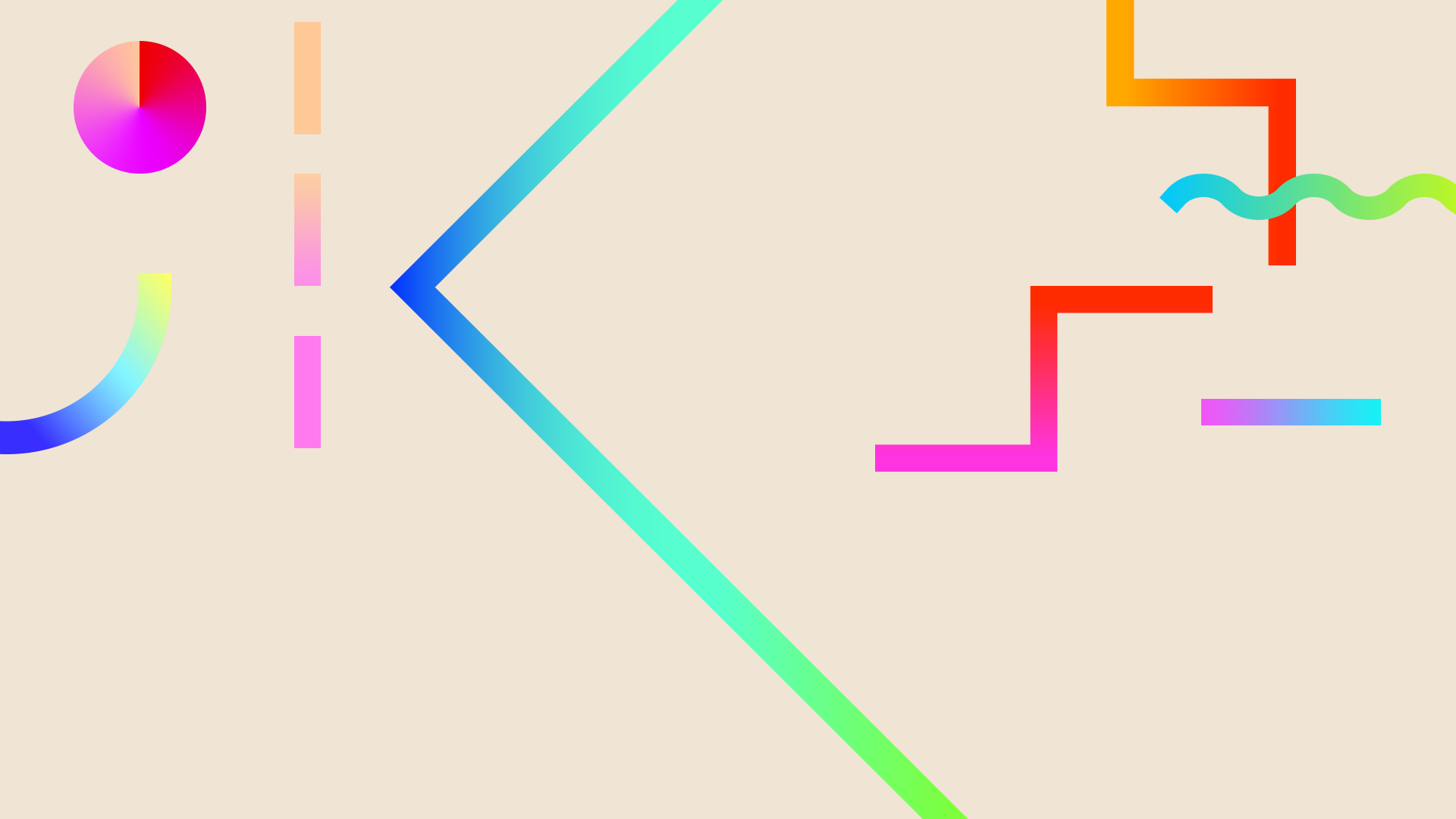
This week, our class did the first three sections of a 5E Lesson Plan. The 5E's of the lesson plan are Engagement, Exploration, Explanation, Expansion, and Evaluation. The topic of our 5E Lesson Plan is circuits, and the activity is titled "Batteries and Bulbs. Enjoy!
5E Lesson Plan: Bulbs and Batteries
Engagement: The goal of the engagement piece of a 5E Lesson Plan is to excite people and connect to the problem that they are going to solve. Engagement activities can be anything from a story, to a video or a book. Here is my engagement for the Bulbs and Batteries activity:
"One day, I was going spelunking in a cave with my friends, when I bumped my head against a stalactite hanging from the ceiling of the cave. Luckily, I was wearing my protective helmet that has a flashlight attached to it. Unluckily, when my helmet hit against the stalactite, the light fell off of my helmet. Suddenly, I was in the complete darkness of a cave! I got down on my hands and knees and crawled around on the floor of the cave until I could find some of the pieces from my light. I finally found a battery, a lightbulb, and two wires from my helmet. But, I still had to solve the problem of how to get the wires and lightbulb to light up. How do you think that I figured out how to turn my flashlight pieces into a light that helped me get back out of the cave?"
Exploration: The exploration section of a 5E Lesson Plan involves having a real experience. You must have a hands-on experience during this time! This time is often spent figuring something out or solving some sort of problem. Here is what we did for our exploration activity:
1. Ask pairs of students to see if they can figure out how to turn the wires, a lightbulb, and a battery into a light. Don't give them any clues; this time is for trial and error!
2. Ask pairs of students to draw what does and doesn't work as they work through the challenge.
-
Does any part of the battery feel warm? Draw what this arrangement looks like.
-
Did you find a way to light turn on? Illustrate this too.
-
If you find a way to turn the light on with two wires, try to turn the light on with only one wire.
-
Try to have each pair experience success by the end of the exploration section of the lesson! If necessary, have groups who have been successful work with groups that need extra help.
Here are the materials for this project, my exploration sketches, and some pictures of our success!:
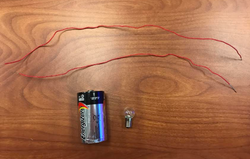 Materials | 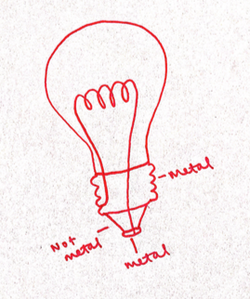 Detail of a Lightbulb |
|---|---|
 Work in progress! | 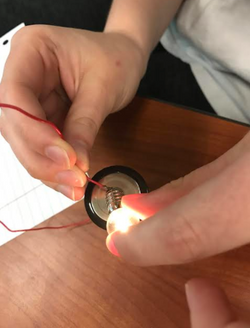 Eureka! We made ligh! |
 Drawings | 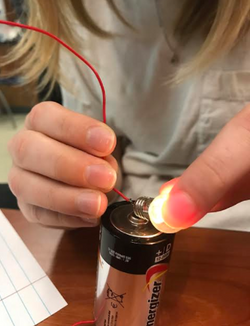 Let there be light! |
Explanation: During this time, use student data to develop a vocabulary surrounding the topic of the lesson. This is when we are looking for students to have a "Eureka!" moment and connect the hands-on exploration to the content that we are aiming for them to learn. As students are introduced to vocabulary terms, remember: all of the terms being introduced should connect in some way to what they have experienced first-hand during the execution of the lesson. The goal is not to confuse them by throwing terms at them! Below, the terms that connect to the Bulbs and Batteries activity are listed and explained:
-
Conductors: a conductor allows electrons to move! In the case of this project, metal is a conductor.
-
Insulators: insulators block electrons! The plastic at the bottom of a light bulb is an insulator that blocks electrons from moving.
-
Battery: a battery is an electron pump! An electron pump makes sure that for every electron that comes in, one comes out (view this process in the model that our class did at the top of the page!)
-
Light bulb: a light bulb is an object that can create visible light if electrons are being circulated through a conductor.
-
Switch: a switch cuts the electron flow through the conductor (metal) off, or allows electrons to keep flowing, if the switch is off.
-
Closed circuit: a closed circuit is a complete circle path that electrons and travel through (when we were successful in turning our wires, lightbulb, and battery into a lamp, we created a closed circuit!)
-
Open circuit: in an open circuit, there is no circular path for electrons to travel through. When we were not successful in turning our supplies into a light, we created an open circuit!)
-
Short circuit: a short circuit occurs when electrons move from one end to another, the the electrons have nowhere to go and can't exit the circuit! For example, our houses have a breaker so that if a lamp short circuits, the power turns off. This is because if electrons are allowed in, but not out, too many electrons can build up, get too hot, and start a fire!
Here is our class doing a model of how a closed circuit works!

